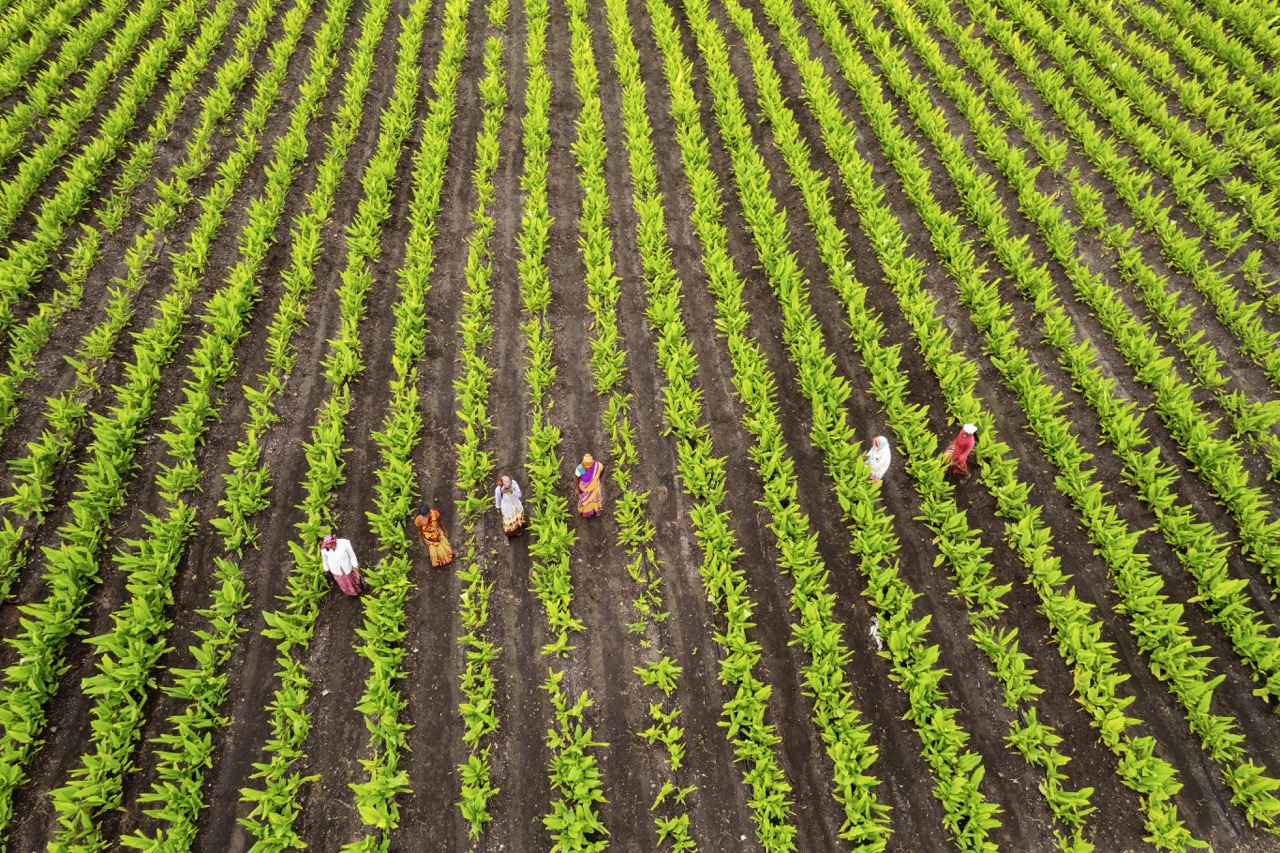Sharecropping, a system where landowners allow tenants to farm their land in exchange for a share of the crop, has historically played a significant role in agricultural economies. In contemporary contexts, the concept has evolved beyond mere economic arrangements to embody collaborative communities that can drive sustainable practices, cultural exchange, and mutual support among farmers and stakeholders. Establishing a Community of Practice (CoP) around sharecropping can enhance knowledge sharing, foster innovation, and create a robust network for addressing challenges faced by stakeholders. This article explores how to create such a community, focusing on understanding the concept, identifying key stakeholders, fostering engagement, and measuring the impact of the community.
Understanding the Concept of Sharecropping Communities
Sharecropping communities are built on the premise of shared knowledge, resources, and aspirations among individuals engaged in agricultural practices. These communities often come together to address common challenges, such as fluctuating market prices, access to land, and sustainable farming methods. By gathering diverse perspectives and experiences, members can devise strategies for collective action, leading to better outcomes for all involved. In essence, these communities serve as platforms for collaboration, enabling individuals to learn from one another and share best practices.
In addition to economic benefits, sharecropping communities can also play a vital role in preserving local culture and traditions. Farmers often possess unique knowledge about specific crops, techniques, and environmental conditions that are invaluable to their peers. By creating a supportive environment for knowledge exchange, these communities can help preserve agricultural heritage while adapting to modern challenges. This dual focus on economic and cultural sustainability is essential for fostering resilient agricultural ecosystems.
Moreover, the evolving landscape of agriculture, including climate change and technological advancements, demands innovative solutions that can only be achieved through collective action. Sharecropping communities can act as incubators for new ideas, where members can experiment with different approaches to farming and share the results with others. By promoting a culture of continuous learning and adaptation, these communities can enhance their members’ resilience and competitiveness in a rapidly changing world.
Identifying Key Stakeholders for a Successful Community
The success of a Community of Practice around sharecropping hinges on the active participation of a diverse group of stakeholders. Key participants typically include sharecroppers themselves, landowners, agricultural extension workers, local government representatives, and non-governmental organizations. Each group brings unique perspectives and resources that can enhance the effectiveness of the community. For example, landowners can provide insights into land management practices, while agricultural extension workers can offer technical support and access to research.
Additionally, it’s essential to consider the involvement of local markets and consumer groups. Understanding market dynamics and consumer preferences can help farmers make informed decisions about crop selection and marketing strategies. By engaging these stakeholders, the community can address broader issues such as food security and sustainable agricultural practices, ultimately creating a more holistic approach to sharecropping.
Identifying these stakeholders is only the first step; actively engaging them is crucial for the community’s success. Outreach efforts can include workshops, community meetings, and online forums to facilitate dialogue and encourage participation. By fostering an inclusive environment where every voice is heard, the community can strengthen its foundation and ensure that all members feel invested in its success.
Best Practices for Fostering Engagement and Collaboration
Creating an engaging and collaborative environment within a sharecropping community requires intentional strategies that promote active participation. One effective approach is to establish regular meeting schedules, where members can come together to discuss challenges, share successes, and plan future initiatives. These gatherings can take various forms, including workshops, field days, or informal discussions, depending on the community’s preferences. Facilitating open dialogue creates a sense of belonging and encourages members to invest time and resources in the community.
Another vital aspect of fostering engagement is leveraging technology to enhance communication and information sharing. Online platforms can serve as valuable tools for disseminating resources, sharing success stories, or facilitating discussions among members who may not always be able to meet in person. Social media, dedicated forums, or mobile applications can help bridge geographical gaps, allowing for a diverse range of voices and experiences to contribute to the community’s collective knowledge.
Furthermore, recognizing and celebrating individual and collective achievements can significantly boost morale and motivation within the community. Highlighting success stories, hosting competitions, or offering incentives for innovative practices can create a positive feedback loop that encourages ongoing participation. By nurturing an environment of collaboration, communities can empower their members to take ownership of their practices and collectively address the challenges they face.
Measuring Impact: Evaluating the Success of Your Community
To ensure the long-term viability of a Community of Practice around sharecropping, it is essential to establish mechanisms for evaluating its impact. Metrics for success can vary widely, depending on the community’s goals, but generally encompass economic, social, and environmental dimensions. Economic indicators might include increased crop yields, improved income levels for sharecroppers, or enhanced market access. Collecting quantitative data through surveys and financial reports can provide a clear picture of the community’s economic impact.
In addition to economic metrics, social indicators are crucial for assessing the community’s effectiveness. These may include measures of member satisfaction, the level of collaboration among stakeholders, and the diversity of participation. Regular feedback from community members through surveys or focus groups can help gauge their perceptions of the community’s value and identify areas for improvement. This process enables the community to adapt and evolve based on the needs and aspirations of its members.
Finally, evaluating environmental outcomes can help track the sustainability and ecological impact of practices promoted within the community. Indicators such as soil health, biodiversity, and resource conservation can provide insights into the community’s effectiveness in promoting sustainable agricultural practices. By implementing a comprehensive evaluation framework that encompasses economic, social, and environmental dimensions, sharecropping communities can not only demonstrate their impact but also refine their approaches to better serve their members and the broader agricultural landscape.
Creating a Community of Practice around sharecropping involves a multifaceted approach that requires understanding the unique dynamics of the agricultural landscape, engaging diverse stakeholders, fostering collaboration, and measuring impact. By building a supportive network that prioritizes knowledge sharing and collective action, sharecroppers and related stakeholders can enhance their resilience in the face of modern agricultural challenges. Ultimately, such communities not only contribute to economic sustainability but also play a critical role in preserving cultural heritage and promoting environmentally responsible practices. As the agricultural sector continues to evolve, the importance of these communities will only grow, making their establishment a vital undertaking for stakeholders invested in the future of farming.










